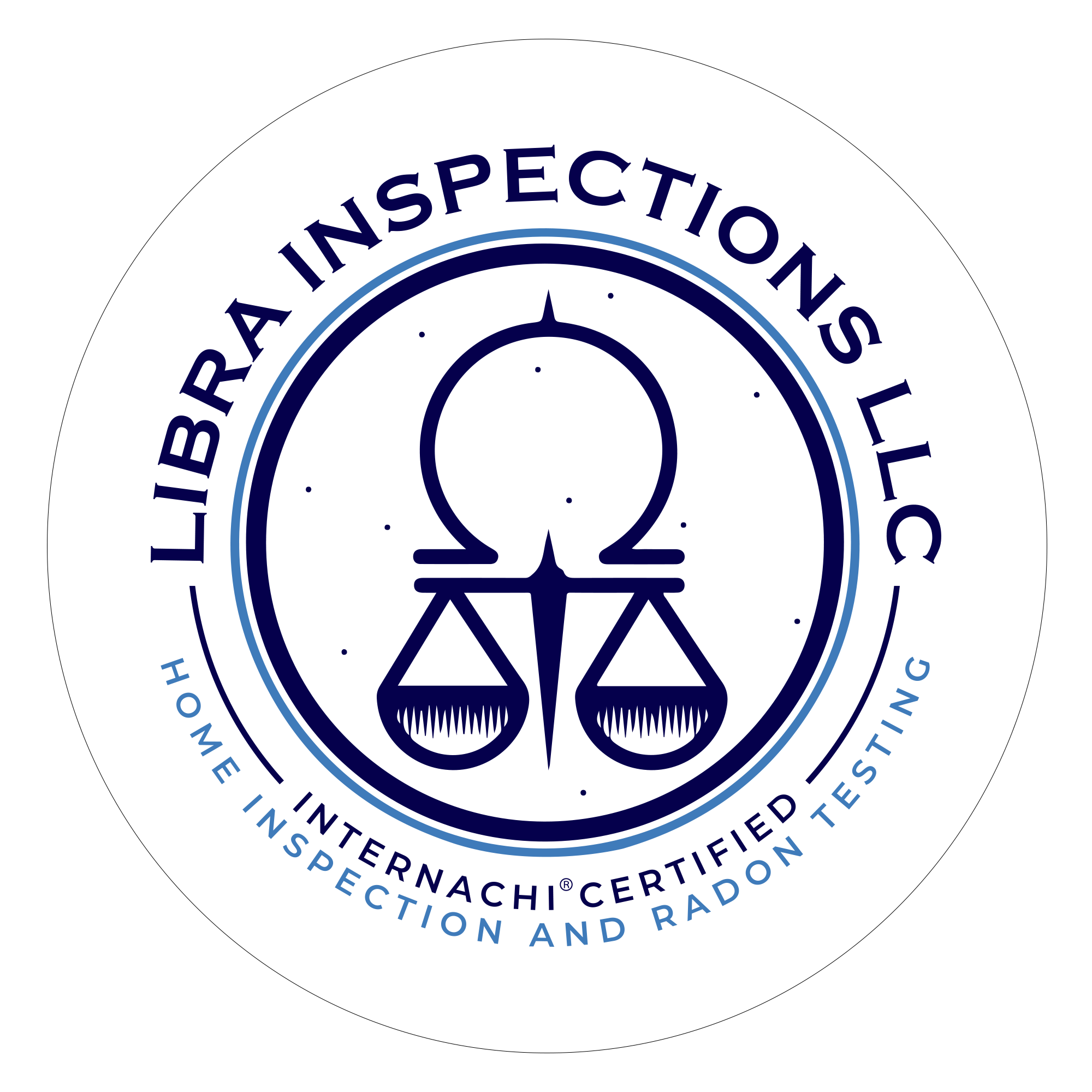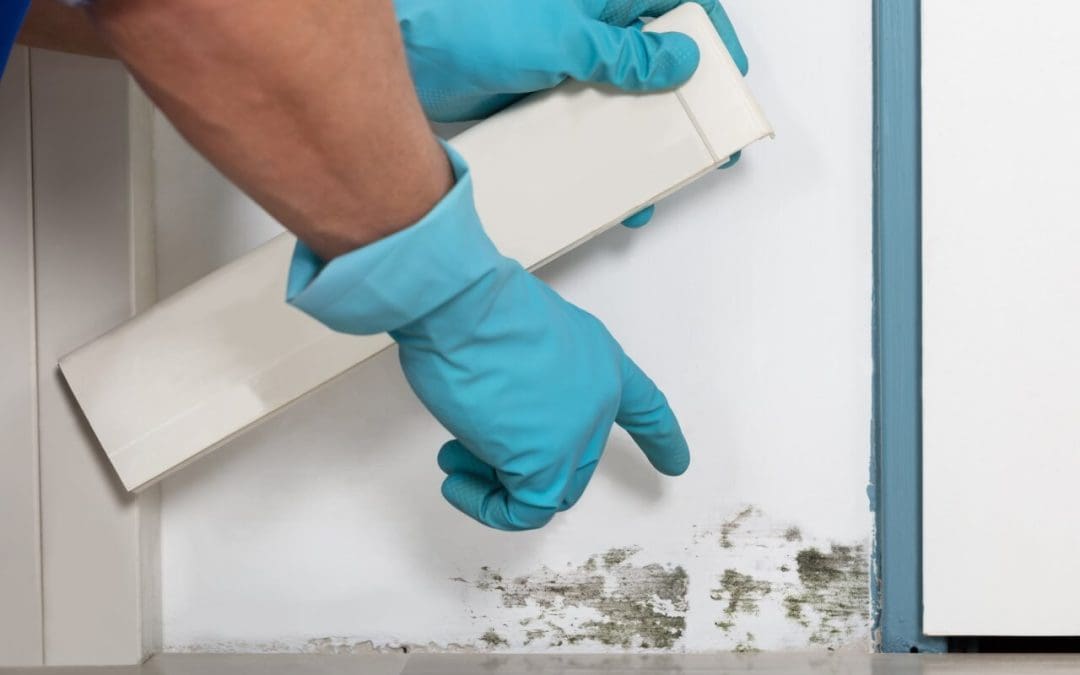Mold can be a silent threat that slowly wreaks havoc on your health and your home’s structure. While mildew in the shower might not seem like a big deal, hidden mold growth inside walls, under flooring, or in crawlspaces can cause major issues if left unchecked. For homeowners, understanding the dangers of mold is critical to maintaining a safe, healthy living environment.
Mold thrives in damp, dark spaces. Basements, bathrooms, kitchens, and even behind appliances are prime targets. Moisture is mold’s best friend, whether due to a roof leak, plumbing issue, or high humidity. Once it starts spreading, it can be difficult and expensive to remove.
The Health Dangers of Mold Exposure
When discussing the dangers of mold, the health implications often take center stage. Mold spores are microscopic and easily become airborne, making them easy to inhale. For many people, especially those with allergies, asthma, or compromised immune systems, this exposure can trigger serious health problems.
Symptoms of mold exposure can range from mild to severe. Common issues include coughing, sneezing, skin rashes, headaches, and irritated eyes. For some, especially children and the elderly, mold can lead to more serious respiratory issues or exacerbate existing conditions like asthma. Prolonged exposure to certain types of mold, including black mold, has been linked to chronic fatigue, neurological problems, and even depression in some cases.
Structural and Financial Risks Tied to Mold
Mold’s dangers don’t stop with your health. It can also quietly damage your home’s structural integrity. It eats away at organic materials like wood, drywall, and insulation. If left unchecked, mold may cause sagging floors, weakened walls, and compromised ceilings, all leading to costly repairs.
Mold remediation isn’t cheap. The longer it’s allowed to spread, the more invasive and expensive the removal process becomes. Not only will you have to pay to get rid of the mold, but you may also need to repair or replace the damaged materials. In some cases, homeowners insurance may not even cover mold damage, especially if it resulted from neglected maintenance or a long-term leak.
The Hidden Nature of Mold Makes It Hard to Detect
One of the most frustrating things about mold is that you may not see it. It often grows behind walls, under carpets, or inside HVAC systems. If you have a musty odor, staining, or warping on walls, these could be signs of mold.
This hidden nature means mold can grow for months or even years before it’s discovered. By the time visible signs appear, the infestation is often widespread. Routine home maintenance and professional inspections are essential tools for early detection. Addressing small leaks, controlling indoor humidity, and inspecting moisture-prone areas will help prevent larger issues.
How to Reduce the Risk of Mold in Your Home
The good news is that proactive steps can greatly reduce mold dangers. Keeping your home dry is the number one defense. That means repairing leaks immediately, using exhaust fans in bathrooms and kitchens, and running a dehumidifier in damp areas like basements. Also, ensure your gutters are working properly to divert water from the foundation.
Regularly cleaning and maintaining HVAC systems, checking for signs of moisture intrusion, and investing in professional mold testing if you suspect a problem will go a long way. Catching mold early is key. The sooner you detect it, the easier and less expensive it is to remove.
Professional Help: When to Call in the Experts
While small surface mold can sometimes be handled with household cleaners, anything more than a few square feet or anything involving hidden or recurring growth should be left to professionals. A certified mold inspector or indoor air quality specialist can assess the problem’s extent, identify the mold type, and recommend appropriate remediation strategies.
Professional remediation ensures the mold is removed safely and completely. Experts also help pinpoint the source of the moisture issue so it can be corrected, preventing mold from returning. In the long run, hiring a pro can save you time, money, and stress—and give you peace of mind that your home is safe.
FAQs About the Dangers of Mold
What are the first signs of mold in a home?
Common early signs include a musty smell, visible discoloration or staining on walls and ceilings, and increased indoor allergy symptoms.
Can I remove mold myself?
Small amounts of mold on hard surfaces can often be cleaned with appropriate cleaners. Still, extensive growth or hidden mold requires professional remediation to ensure it is fully removed and doesn’t return.
Is black mold the most dangerous?
Black mold (Stachybotrys chartarum) is often associated with severe health issues, but all types of mold can pose risks, especially to sensitive individuals.
How can I prevent mold in my home?
Control moisture. Fix leaks immediately, ventilate damp spaces, monitor humidity levels, and use dehumidifiers. Routine maintenance and inspections are key.
Does insurance cover mold damage?
Coverage varies by policy. Mold caused by sudden incidents, like a burst pipe, may be covered. However, damage resulting from long-term neglect or unresolved leaks often isn’t. It’s best to check with your insurance provider.
Libra Inspections provides home inspections in Central Illinois. Contact us to request our services.

